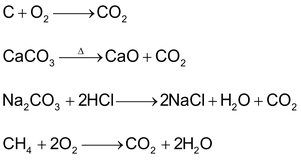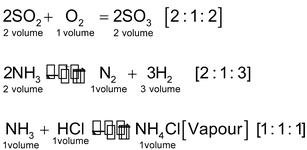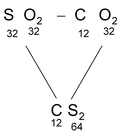
Laws Of Chemical Combination
Some Basic Concept Of Chemistry of Class 11
Laws Of Chemical Combination
In order to understand the composition of the compounds, it is necessary to have a theory which accounts for both qualitative and quantitative observations during chemical changes. Observations of chemical reactions were most significant in the development of a satisfactory theory of the nature of matter. These observations of chemical reactions are summarized in certain statements known as laws of chemical combination.
Law of conservation of mass:
For any chemical change total mass of active reactants are always equal to the mass of the product formed. It is a derivation of Dalton’s atomic theory ‘atoms neither created nor destroyed’.
Total masses of reactants = Total masses of products + Masses of unreacted reactants
Law of constant composition
A chemical compound always contains same elements in definite proportion by mass and it does not depend what ever the source of compound.
For example

The composition of CO 2 obtained by different means always having same C:O ratio = 12/32 = 0.375.
Law of multiple proportion:
When two element combine to form two or more the compounds the different masses one elements B which combine with fixed mass of the other elements bear a simple ratio to one always.
For example: Carbon forms two oxides in oxygen
Carbon monoxide

Carbon oxide

The ratio of masses of oxygen in CO and CO
2
for fixed mass of carbon (12)
is 16 : 32 = 1: 2.
Law of reciprocal proportion:
If two elements B and C react with the same mass of a third element (A), the ratio in which they do so will be the same or simple multiple if B and C reacts with each other.
The above law is the basis of equivalent masses, which will be described latter in details.
|
For example:
|
ratio of masses of carbon and sulphur which combine with fixed mass (32 parts) of oxygen is 12:32 or 3:8 …(1) In CS 2 ratio of masses of carbon and sulphur is 12:64 or 3:16 …(2) |
This two ratios (1) and (2) are related to each by 3/8 : 3/16 or 2:1
or 3/8 : 2(3/16)
i.e. first ratio is integral multiple of second.
Gay Lussac’s law of Combining Volumes:
At given temperature and pressure the volumes of all gaseous reactants and products bear a simple whole number ratio.
For example

i.e. one volume of hydrogen reacts with one volume of chlorine to form tow volumes of HCl gas. i.e. the ratio by volume which gases bears is 1:1:2 which is a simple whole number ratio.
Similarly other examples are:











